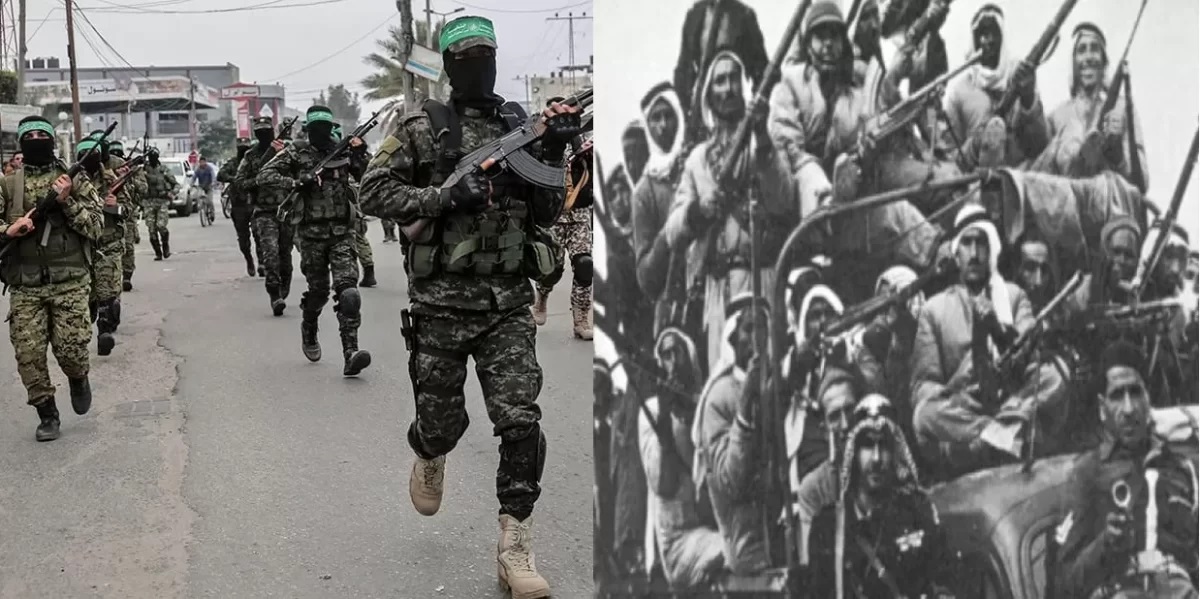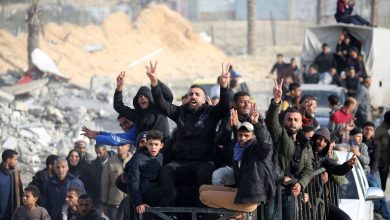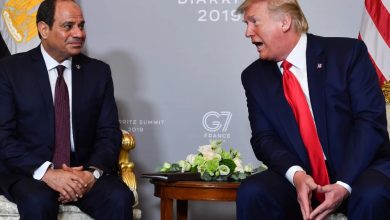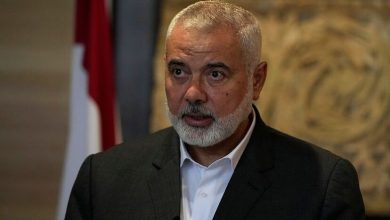Unveiling Hidden Chapters: A Historical Deep Dive into Palestinian Resistance

Watan-Saudi dissident and prominent academic Dr. Saad Al-Faqih has revealed what he claims are important historical facts about the Palestinian resistance that remain absent from the awareness of most interested parties. This comes after gaining significant media and academic attention in recent weeks.
While there are mistaken beliefs that the resistance began after the British occupation in 1917, and others think it started after the declaration of Israel in 1948, with some pushing it much later to the establishment of modern Palestinian organizations, Al-Faqih, in an article published on his ‘X’ account, pointed out that the roots of the resistance go further back.
He clarified: “The first sparks of resistance were a spontaneous reaction to migration attempts that took place in the 19th century before the first Zionist Congress.”
https://twitter.com/saadalfagih/status/1728457164904165877?ref_src=twsrc%5Etfw%7Ctwcamp%5Etweetembed%7Ctwterm%5E1728457164904165877%7Ctwgr%5E76a53566882e2e9e64f396d6302b81f7e6e345c5%7Ctwcon%5Es1_&ref_url=https%3A%2F%2Fwww.watanserb.com%2F2023%2F11%2F25%2FD8ADD982D8A7D8A6D982-D987D8A7D985D8A9-D8B9D986-D8A7D984D985D982D8A7D988D985D8A9-D8A7D984D981D984D8B3D8B7D98AD986D98AD8A9-D981D98A-D985%2F
The History of Palestinian Resistance and Key Facts
In 1892, Palestinians from the villages of Al-Khaderah and Malbis launched an armed attack on the settlement of “Petah Tikva” after Jewish immigrants from outside Palestine had increased in number.
This was followed in 1898 by an attack carried out by the residents of Kfarat in northwest Jordan on settlements established in the Jerash region. They burned down the settlements and expelled their inhabitants, pursuing them to Beisan.
Resistance, both peaceful and armed, persisted before and during the British occupation and continued after the establishment of Israel, employing various means to reach its current state.
Saad Al-Faqih recounted in his article, supported by figures and facts, that Palestinian resistance transformed into armed action after the British occupation in 1919. This involved attacking the Jewish Immigration Center, leading to a 15-day battle with English authorities. Sixty Palestinians were martyred, and 600 others were wounded during this confrontation.
In the same year, several declarations were issued by conferences and associations rejecting the “Balfour Declaration,” followed by numerous massive protests in Jerusalem and armed actions against settlements.
All of this indicated a full awareness of the danger of the Zionist project at that time. However, the scale of the conspiracy, the defeat of the Ottoman Empire, the strength of colonization, and its support for the Zionist project prevented Palestinians from realizing the situation early on, despite this awareness.
Diverse Struggles and Endeavors in Palestinian Resistance
The Palestinian resistance adopted various models of struggle and exerted armed resistance. It utilized demonstrations, civil disobedience (strikes), engaged in religious incitement and fatwas, harnessed writing, journalism, and media, and made efforts in political activism, inciting Arab and Islamic nations and gaining sympathy from other global populations.
In this context, no one can blame Palestinians for leaving any avenue of jihad unexplored or neglecting any form of struggle. The jihad undertaken by Palestinians stands as historical lessons in comprehensive resistance movements. The documentation accompanying these activities elevates the status of these figures in the conscience of Palestinians, Arabs, and Muslims.
The resistance’s activities, spanning military, media, political, and other domains, were not only notable but also diverse. It may escape many people that the number of operations conducted by the resistance since its inception reached tens of thousands, including 4,000 during the Great Revolt in Palestine between 1936 and 1939. During the same period, protests and strikes were so successful that the British government intervened through Arab leaders to persuade the Arab Higher Committee to halt the strikes.
In the same context, the resistance presented qualitative works, documents, studies, and statistics. It established study centers, conferences, publications, and media and academic activities. In recent years, the resistance has succeeded in counter-penetrating and manipulating the enemy both in terms of security and politics.
Contributors to Palestinian Resistance from Outside Palestine
Regarding Arab armed participation in the early stages of Palestinian resistance, “Al-Faqih” pointed out that many of the mujahideen who contributed to the resistance were from outside Palestine. Chief among them was the martyr Ezz al-Din al-Qassam himself, born in Jabla, a suburb of Latakia, Syria.
Accompanying him from Syria were Sa’id al-‘Aas and Muhammad al-Ashmar, along with a significant number of fighters from eastern Jordan, Egypt, and the Indian subcontinent who joined the struggle before borders were closed.
The support of Arab peoples against Zionism was a natural reaction due to a sense of responsibility towards the nation’s issues in general and sacred matters in particular. This was evident in the contribution of Arab fighters from outside Palestine and in religious and political activities in Arab countries against Zionism.
In 1914, the Anti-Zionist Association was formed at Al-Azhar, and in 1919, the General Syrian Congress convened to oppose Zionism and declared its rejection of the Balfour Declaration. Additionally, dozens of fatwas were issued by scholars from the Arab world, supporting jihad in Palestine and against Zionism.
Arab Governments and Support for Zionists
The Saudi dissident emphasized in his article that Arab governments had a role in supporting Zionists, whether directly or indirectly.
According to him, the reason for this was that most of these governments were subject to colonization, overtly submissive before formal liberation, and cloaked in submissiveness after liberation.
The first inhibitory role, as he stated, was played by Arab kings, specifically King Abdulaziz, King Ghazi of Iraq, and Prince Abdullah, the Amir of Transjordan. They appealed to the Arab Higher Committee to halt the 1936 strike based on promises from our “friend” Britain.
This strike had strained the British government and its cessation proved detrimental to the resistance and beneficial to the Zionists.







